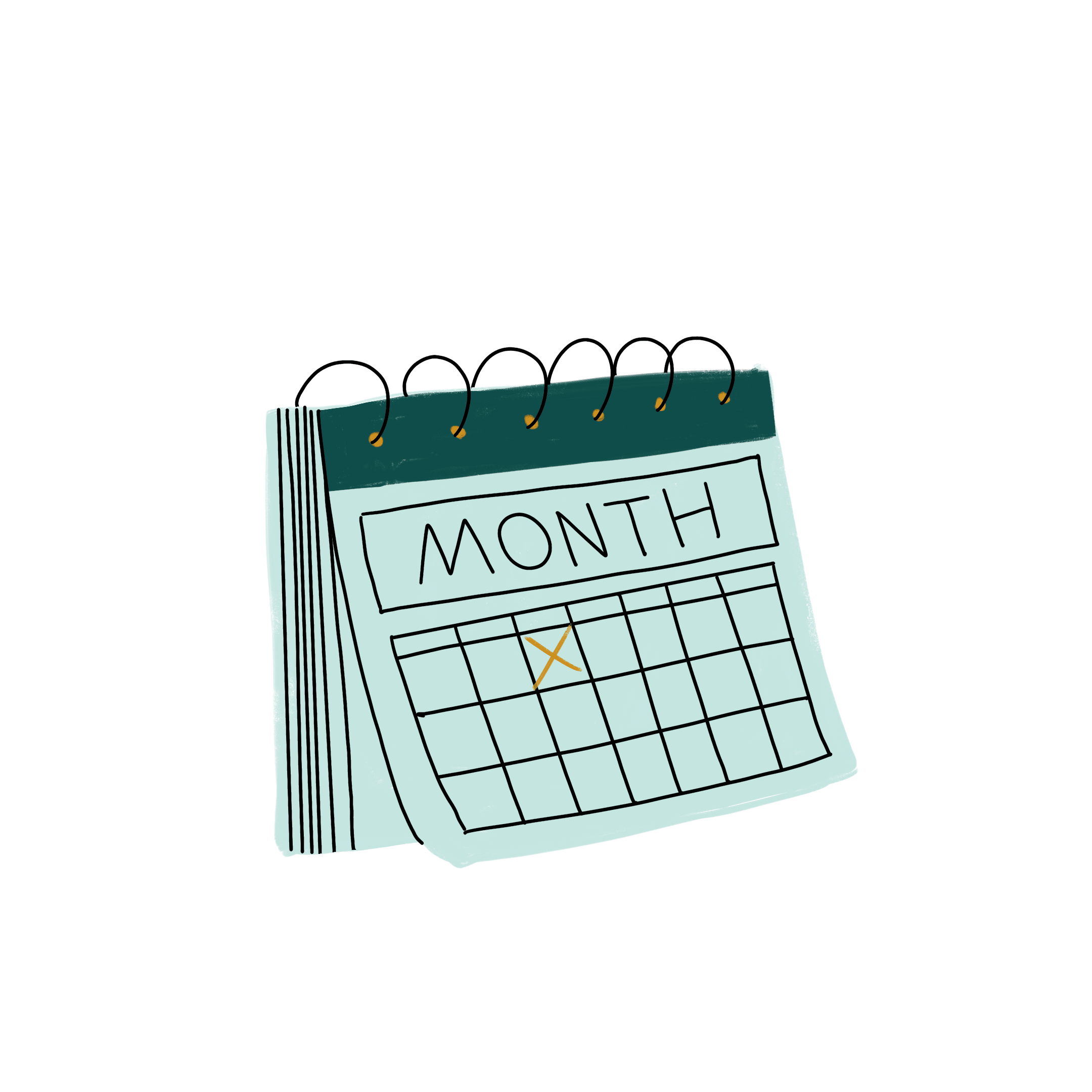Accelerate your career with Lean In Circles
Lean In Circles combine a world-class leadership curriculum with the power of camaraderie and community. Part leadership workshop, part support network—that’s a Lean In Circle.
Start your own Circle and learn how to expand your network, get the recognition you deserve, and go further in your career—all at no cost to you.
What is a Lean In Circle
Circles are small peer groups—typically of 8 to 12 people—who meet on a regular basis to learn new skills, offer support, and actively pursue their goals. In a typical Circle meeting, members select a topic—such as how to go for a promotion or find better work-life balance—and use our materials as a launching-off point for discussion. Circles can also use our “connection activities” to get to know each other and form stronger bonds. At the end of every Circle meeting, members commit to one action they’re going to take to get closer to their goals. Circles are tailored for women but are beneficial to anyone who wants to learn and grow with others.

Enhance your skills with our leadership curriculum
The Women at Work Collection is our free leadership program designed to take your Circle on a shared journey of learning. Featuring 18 videos and discussion guides, it’s a culmination of expert input, years of research, and insights from our global community. The Collection covers essential topics like getting the recognition you deserve, mastering negotiation, and navigating workplace bias.

Women in Circles go further, faster
Lean In Circles provide a supportive space for women—whether colleagues, friends, or peers in the same industry—to grow personally and professionally. Eight in ten members attribute a positive change in their life to their Circle and think participating in a Circle has helped their career.

Lean In supplies everything you need:
We provide everything you need to run a successful Circle, from a step-by-step guide to getting started to sample email to send to new members. You’ll also find two years’ worth of skill-building videos with discussion guides to facilitate conversation and learning. In addition, many Circles use news articles, podcasts, and other sources of inspiration.
Learn more with a Circle Leader Training
Join one of our free 60-minute online sessions to learn more about Circles and how to get started. You’ll hear directly from the Lean In team about how to recruit members and lead your first meeting. And if you’re a seasoned leader, it’s a chance to connect with other Circle Leaders from around the world for tips and inspiration.
See Upcoming Circle Leader TrainingsI felt that just sharing our stories in a Circle where you trust the people around you is more powerful than one could imagine. I am so proud of taking the initiative and starting my Circle.
Lean in Lyon
Freelancers in France are sharing tips, introducing each other to clients, and practicing negotiations.
Read more
Latina Coalition of Silicon Valley
Latinas with decades of experience are mentoring the next generation.
Read more
Mechanical Engineering Circle, Delhi, India
Students in India are taking on gender stereotypes and going further—faster.
Read more



